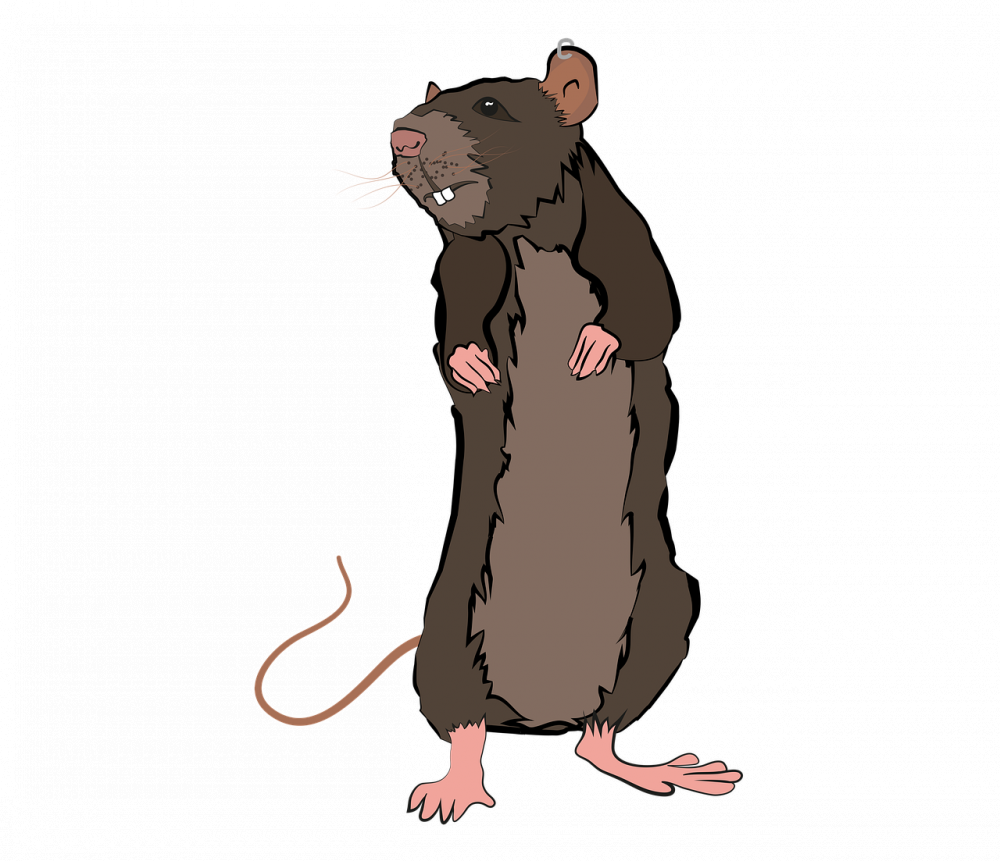Hamster Tumors: A Comprehensive Overview

Hamster Tumors: Understanding Types, Prevalence, and Distinguishing Factors
Introduction:

Hamster tumors are a relatively common occurrence in these adorable pets. Understanding the types, prevalence, and distinguishing factors of hamster tumors is crucial for hamster owners to ensure their pets’ well-being. In this article, we will delve deep into the world of hamster tumors and provide a comprehensive overview for private individuals seeking valuable insights.
I. An in-depth overview of hamster tumors:
A. Definition and Causes:
– Explain what a hamster tumor is, which refers to the growth of abnormal cells in a hamster’s body.
– Examine the various causes of hamster tumors, including genetic predisposition, age, environmental factors, and hormonal imbalances.
B. Types of Hamster Tumors:
– Explore the different types of hamster tumors commonly found.
– Discuss the prevalence of each type, listing the most common ones.
– Highlight the potential risks associated with specific tumor types.
C. Symptoms and Diagnosis:
– Identify the typical symptoms exhibited by hamsters with tumors.
– Elaborate on the diagnostic procedures veterinarians use to identify and evaluate hamster tumors.
– Emphasize the importance of regular veterinary check-ups for early detection.
II. Comprehensive Presentation of Hamster Tumors:
A. Tumor Types:
– Elaborate on the most commonly occurring types of hamster tumors, such as mammary tumors, adrenal gland tumors, and skin tumors.
– Detail the specific characteristics and behavior of each type.
B. Prevalence and Popularity:
– Discuss the prevalence of hamster tumors among different hamster species.
– Present statistical data showcasing the occurrence of tumors in various hamster populations.
– Highlight the variations in tumor prevalence across different geographical regions.
C. Risk Factors:
– Outline the factors that might contribute to an increased risk of developing hamster tumors.
– Discuss the impact of genetics, breeding practices, and environmental factors on tumor development.
D. Impact on Hamsters’ Quality of Life:
– Examine the potential consequences of hamster tumors on the affected hamster’s overall well-being.
– Discuss the symptoms and discomfort experienced by hamsters with tumors.
III. Quantitative Measurements of Hamster Tumors:
– Present scientific studies and research regarding the prevalence and incidence rates of hamster tumors.
– Provide statistical data illustrating the mortality rates associated with different tumor types.
– Discuss the average age at which hamsters are diagnosed with tumors, if available.
IV. Distinguishing Factors among Hamster Tumors:
A. Genetic Variations:
– Discuss how different hamster species may have varying predispositions to specific tumor types.
– Elaborate on the genetic factors that influence tumor development and progression.
B. Tumor Growth Patterns:
– Compare the growth patterns of benign and malignant hamster tumors.
– Highlight the distinctive characteristics and potential consequences of each growth pattern.
C. Metastasis and Invasion:
– Explain how some hamster tumors can metastasize or invade neighboring tissues.
– Discuss the implications of metastasis for a hamster’s health and prognosis.
D. Treatment and Management Options:
– Present various treatment options available for hamsters with tumors.
– Discuss the challenges associated with treating hamster tumors and the success rates of different interventions.
V. Historical Overview of Advantages and Disadvantages:
– Provide a historical context of the management and treatment of hamster tumors.
– Discuss the advancements in veterinary care, surgery techniques, and medications for hamster tumor management.
– Highlight the potential drawbacks and limitations of certain treatments or management options.
Conclusion:
Understanding hamster tumors is essential for pet owners to provide the best care and treatment for their furry companions. By gaining insights into the various types, prevalence, distinguishing factors, and historical aspects of hamster tumors, individuals can make informed decisions regarding their hamsters’ health. By staying proactive and seeking professional guidance, hamster owners can ensure their pets live happy, healthy lives, even in the face of tumor-related challenges.





